What 11 Extremely Successful People Learned From Failure
Oprah Winfrey learned that failure is only an illusion after her cable network started off poorly.

Mark Cuban learned he only had to be right once.
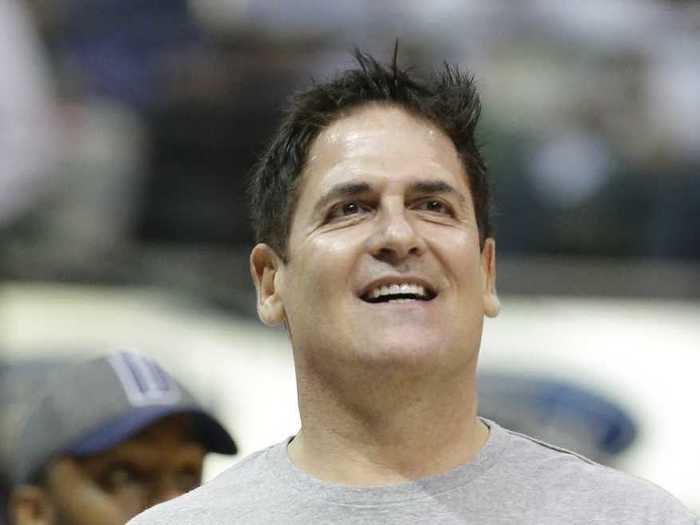
Prior to starting his first company, MicroSolutions, Dallas Mavericks owner Mark Cuban worked as a bartender, a short-order cook, and a carpenter — all jobs he failed at.
In fact, Cuban tells CNN in an interview earlier this year that on multiple occasions, he would come home with a date only to find the electricity had been turned off by the utility company.
Cuban decided to have a positive outlook about his failures and made sure to learn something from his missteps.
"I've learned that it doesn't matter how many times you failed," Cuban tells Smart Business. "You only have to be right once. I tried to sell powdered milk. I was an idiot lots of times, and I learned from them all."
Facebook ad chief Carolyn Everson decided to be an asset to someone else's company after her dream of starting her own didn't work out.
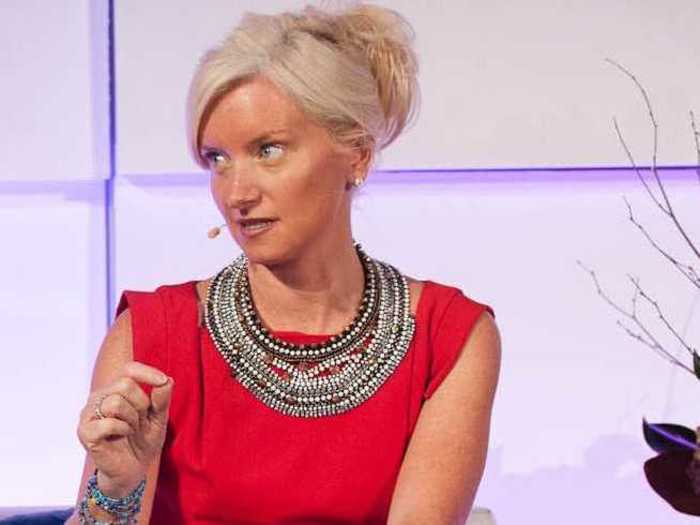
Facebook VP of marketing Carolyn Everson spent her second year at Harvard Business School working to launch the company that would ultimately become the doomed internet startup Pets.com. She even turned down job offers from Goldman Sachs and Bain because she planned to be Pets.com's VP of business development after graduating.
Instead, the nascent company got a new CEO who had a different vision for the site than Everson, causing her to separate from Pets.com and leaving her jobless after business school.
Everson tells CNNMoney that after her dream of founding a company died, she reached within herself to find the confidence to be an asset to another company, going to work for Zagat Survey after graduation.
"When I had to really abandon the dream of starting Pets.com, I have to be honest and tell you those first couple of weeks were devastating," Everson tells CNNMoney. "I was really, really down and I wasn't quite sure what to do next. And then I realized that I am just graduating from b-school, I have great experience, I’m going to be an asset to another company. I had to get my feet back on the ground and get my confidence back."
Dyson Ltd. founder Sir James Dyson used failure to spark his creativity.
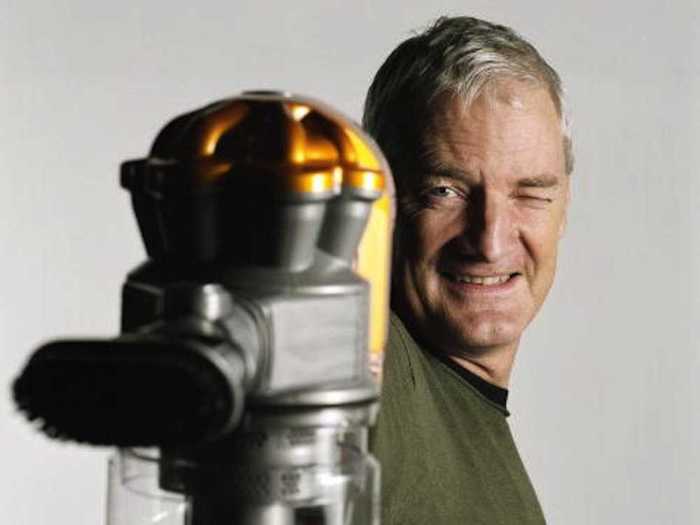
The multi-billionaire famously went through 5,126 prototypes before arriving at what became the dual cyclone bagless vacuum cleaner that made him a fortune.
For him, the thousands of failures were a way of forcing himself to be creative.
"You don't have to bother to be creative if the first time you do something, it works," he tells Entrepreneur. Creativity is creating something that no one could have devised; something that hasn't existed before and solves problems that haven't been solved before."
One example of this is a new hand-dryer technology his company invented while it was trying to build a completely different project.
Jay Z learned that his success needed to come from within after his second album bombed.
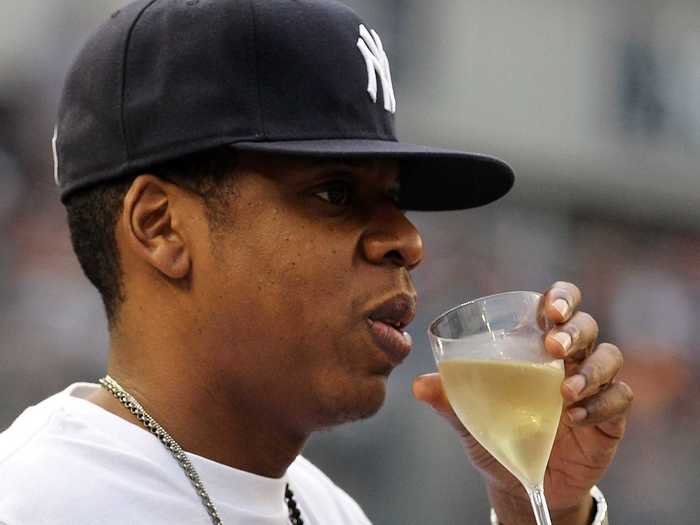
Jay Z's first album, "Reasonable Doubt," was a critical success that many people still consider one of the best rap albums of all time.
But since it didn't sell as well as Jay Z hoped, he tried to make a hit by modeling the songs on his next album on the styles that were popular at the time. His second album, "In My Lifetime, Vol. 1," wound up not being much more commercially successful than his first, and Jay Z wasn't happy with the result.
"I tried to make these records that were bigger and would be more popular, which was a failure," he tells Oprah. "Going for that success really messed up that project and set a bad tone. It was a huge learning lesson for me that if I was going to be successful, I had to be successful with myself. I couldn't be successful doing what other people were doing. I had to do what I believed in and what felt real to me and true to me."
Failure gave J.K. Rowling the freedom to pursue her art.
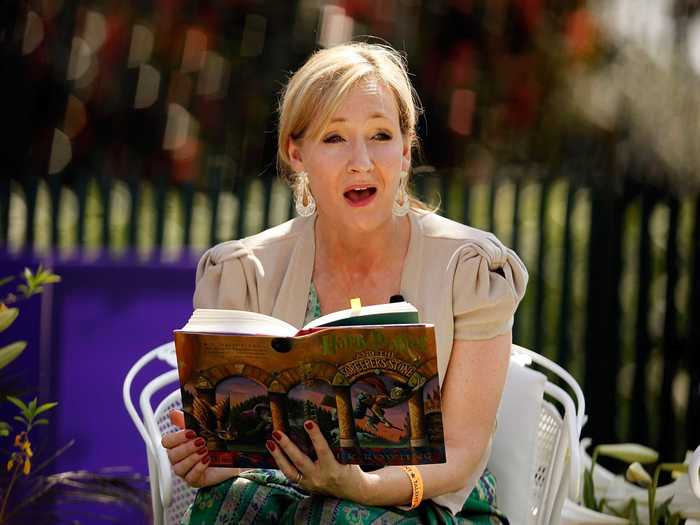
In 1993, the Harry Potter author was an unemployed, single mother who saw herself as a failure.
But in a 2008 commencement speech at Harvard, she says this experience actually helped her by getting rid of her fear of failure — which allowed her to focus on writing the stories that would ultimately become the Harry Potter novels.
"Failure meant a stripping away of the inessential," she says in the speech. "I stopped pretending to myself that I was anything other than what I was, and began to direct all my energy into finishing the only work that mattered to me. Had I really succeeded at anything else, I might never have found the determination to succeed in the one arena I believed I truly belonged. I was set free, because my greatest fear had been realised, and I was still alive, and I still had a daughter whom I adored, and I had an old typewriter and a big idea."
Paul Allen found that his failures always contain the secret for future success.
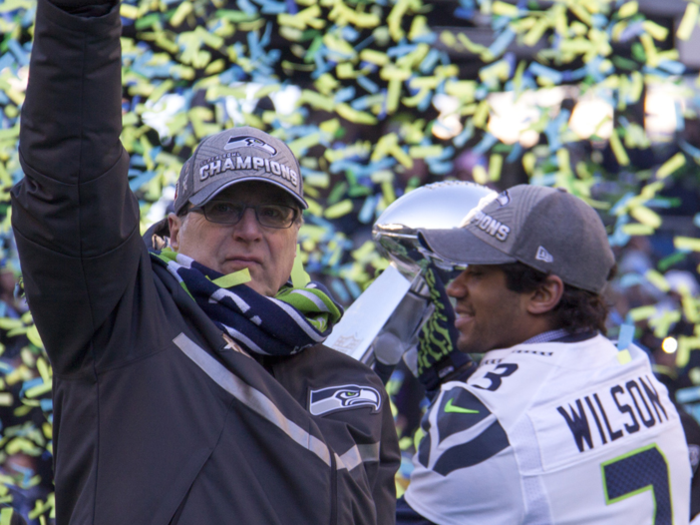
In 1972, Microsoft's founding duo of Paul Allen and Bill Gates teamed up to create a business called Traf-O-Data. The idea was to use 8-bit microprocessors, then a new technology, to help municipalities measure traffic patterns on their roads.
Alas, Gates and Allen were unable to get local governments to commit money to the new technology, and Traf-O-Data ultimately closed with net losses of $3,494.
But in a 2011 article for Newsweek, Allen says the experience confirmed to him that "every failure contains the seeds of your next success."
"It bolstered my conviction that micro-processors would soon run the same programs as larger computers, but at a much lower cost," Allen writes. "It also sparked my idea to simulate the 8008 microchip environment on a mainframe, which led to Altair BASIC — the first high-level language designed to run on a microprocessor. This was the essential step toward a personal computer that anyone could use, and the keystone for the creation of Microsoft."
The London Whale taught Jamie Dimon to ask difficult questions.
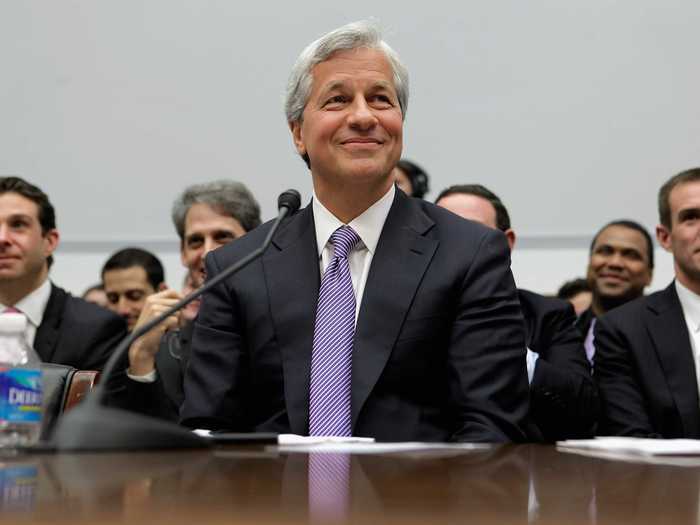
In 2012, JPMorgan Chase suffered an embarrassing loss of more than $5 billion from a series of trades made by one of its London-based employees.
In a 2013 letter to shareholders, JPMorgan CEO Jamie Dimon calls the London Whale debacle "the stupidest and most embarrassing situation I have ever been a part of." But as a result, he says the experience taught him to ask hard questions of employees without being afraid of drawing conflict.
"Confronting people when necessary or asking hard questions is not an insult," he writes. "It doesn't mean you lack collegiality or don't trust the individual. In fact, asking hard questions is what we owe one another to protect ourselves from mistakes and self-inflicted wounds."
Meg Whitman's failed political campaign taught her to be a better communicator.
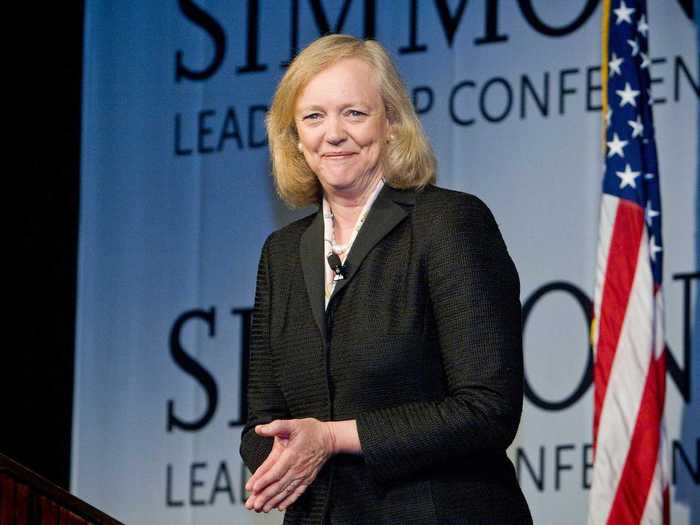
Hewlett-Packard CEO Meg Whitman spent $144 million of her own money on her unsuccessful 2010 campaign to become governor of California.
In an interview with CNBC published earlier this year, Whitman says that her loss to Democrat Jerry Brown taught her to be a more effective communicator.
"What I learned was it's not the facts and figures," Whitman says. "It's not the left brain. It is the stories you tell to communicate the vision that you're trying to get the organization to rally around. ... I put everything I had into [the campaign]. But it didn't work out the way I hoped. I learned a lot from it and I think it made me a stronger executive and I think a stronger person."
Sergey Brin's failed pizza-by-fax idea taught him to try to solve problems that really matter.
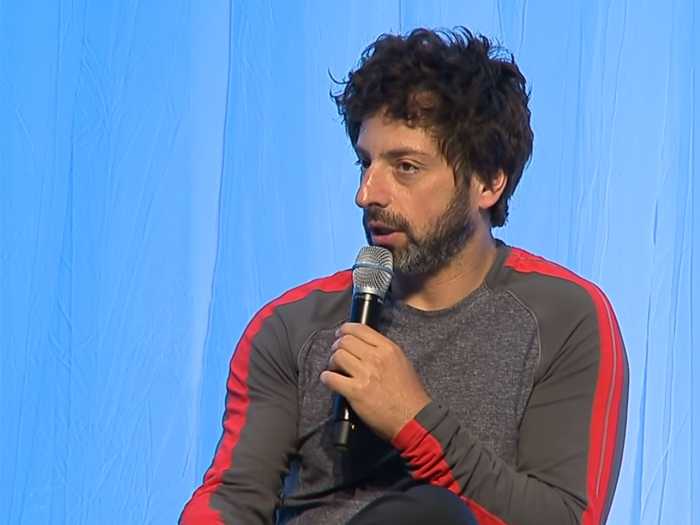
In the early 90s Google cofounders and Stanford classmates Sergey Brin and Larry Page had an idea: they would use an internet fax service to allow people to order pizza delivery via fax.
But the people working at the pizza place they tried didn't check their fax machine. In a talk last year, Brin says the failed delivery technology taught him to pursue more important ventures.
"Now I've come to recognize that really the challenge of a problem or the importance isn't that related to how likely you are to achieve it," Brin says. "And in fact, even when you go after a more ambitious goal, even if you fail, all of the side effects that come along the way can be that much more rewarding and significant in their own right."
A.G. Lafley learned to mimic his competitors' success.
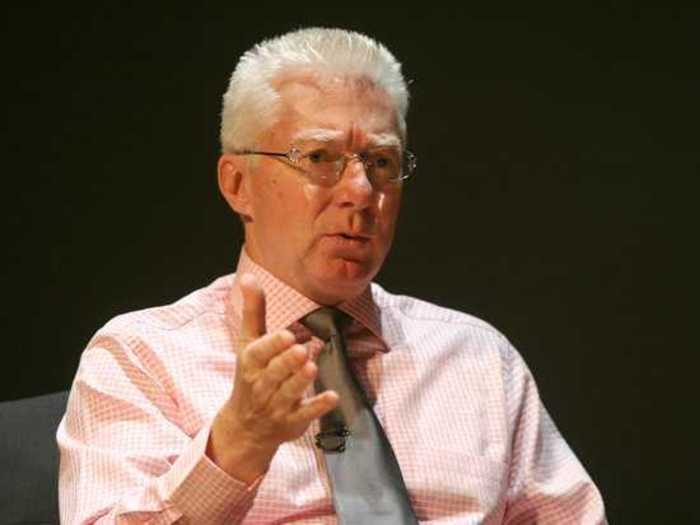
Procter & Gamble lifer (and current CEO) A.G. Lafley tells the story of how in the 1980s, his company tried to introduce a new, color-safe, low-temperature bleach to the test market of Portland, Maine.
Unfortunately, the rollout was thwarted by Clorox, which delivered a free gallon of Clorox bleach to every household in the city. P&G was forced to ax the product.
Later on, Lafley says in a 2011 Harvard Business Review interview, Procter & Gamble would stymie Clorox's efforts in a similar fashion when Clorox tried to enter the laundry detergent business.
As a bonus, the chemical advances used in the bleach wound up being integrated into a new product for Procter & Gamble: Tide with Bleach.
"I learned what worked and was salvageable from that bleach failure: P&G’s low-temperature, color-safe technology," Lafley says. "We modified the technology and put it into a laundry detergent, which we introduced as Tide with Bleach. At its peak, Tide with Bleach was a more than half-billion-dollar business."
Now see what successful people were doing in their early 20s:
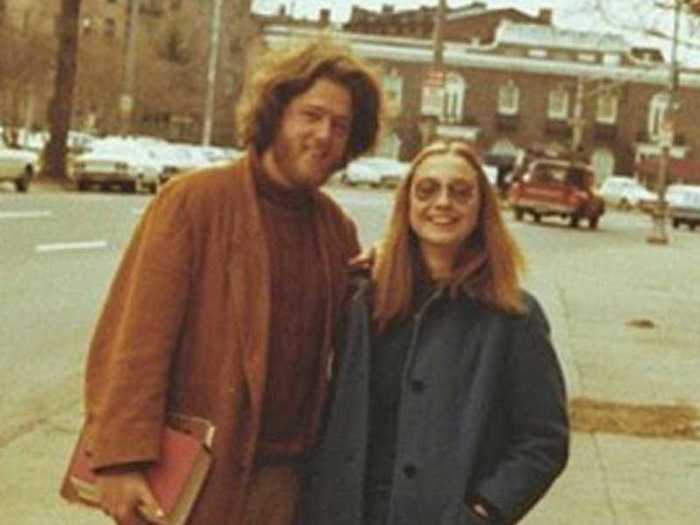
Popular Right Now
Popular Keywords
Advertisement